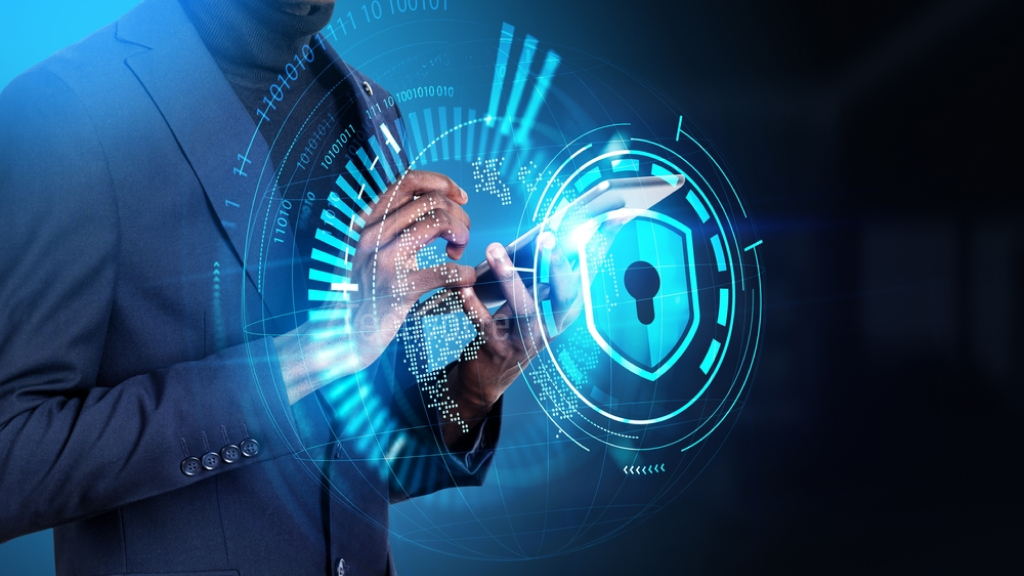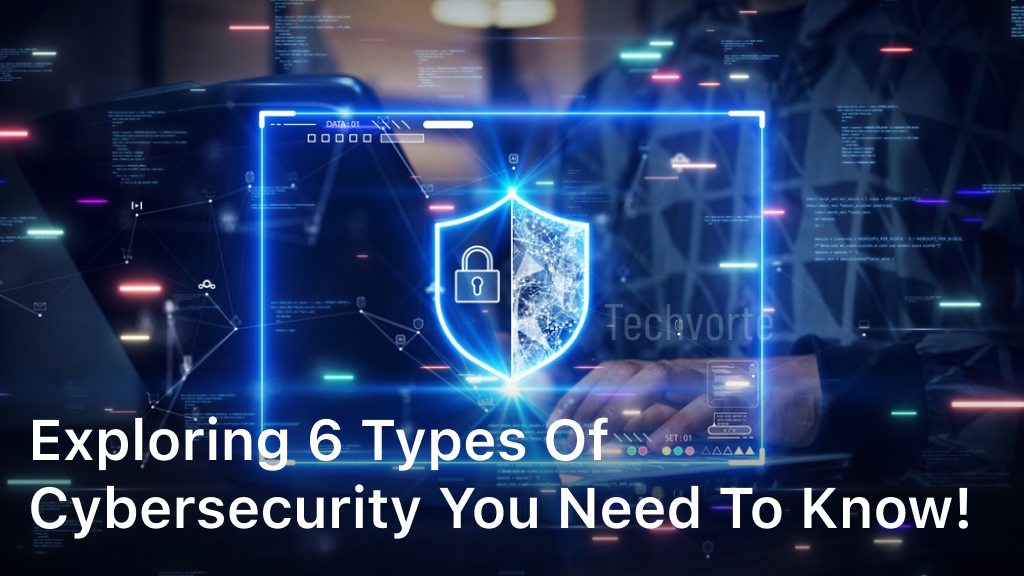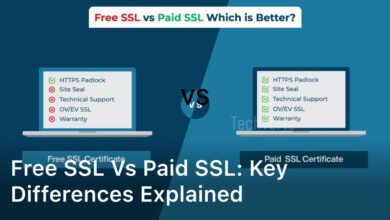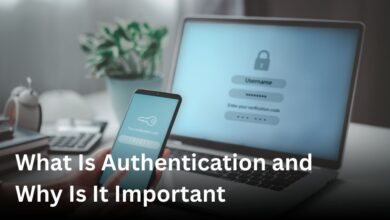Cybersecurity is a vital aspect of protecting your digital assets from cyber threats.
By implementing effective cybersecurity solutions, measures, and strategies, you can safeguard your network, data and privacy.
In this article, we will explore the different types of cybersecurity, including network, application, cloud, information, Internet of Things (IoT) and identity and access management (IAM) security.
We will discuss key strategies, measures and tools that can help you ensure the confidentiality, integrity and availability of your data.
Whether you are a business or an individual, understanding these types of cybersecurity is essential in today’s interconnected world.
Let’s dive in and discover the cybersecurity tools that you need to keep your digital assets safe!
Types of Cybersecurity

Network Security
Network security is a crucial component of cybersecurity, focused on safeguarding the network infrastructure from unauthorized access, misuse, and disruption. By implementing proper network security measures, you can protect your data and prevent cyber threats from affecting your business.
Application Security
Application security is a vital aspect of cybersecurity that focuses on securing software and applications used within an organization.
With the increasing reliance on technology and software, securing your applications remains crucial to protect against cyber threats.
Ensuring application security involves implementing various measures such as code reviews, security testing and access control.
Investing in appropriate cybersecurity tools can mitigate vulnerabilities and protect against unauthorized access to sensitive data.
Developing robust cybersecurity strategies, including integrating secure coding practices across software development lifecycles and training employees to identify and report potential threats, can also improve your application security posture.
Information Security
Information security is paramount in today’s digital age.
Sensitive data, such as personal information and intellectual property, must be protected.
Cybersecurity solutions are necessary to safeguard this information and it is essential to have appropriate cybersecurity measures in place.
Cloud Security
In today’s digital age, cloud computing has become an essential part of many businesses’ operations.
Cloud security entails protecting data stored in cloud computing platforms from cyber threats.
Cloud security has unique challenges, such as sharing data among different users and third-party providers.
Therefore, it requires specially tailored cybersecurity measures and strategies to ensure data confidentiality, integrity, and availability.
One fundamental cybersecurity measure in cloud security is data encryption, which ensures secure transmission of confidential data.
Also, access control and identity management are essential components of cloud security to ensure that only authorized persons have access to valuable data.
Cybersecurity strategies, such as regular data backups and disaster recovery plans, also play a significant role in securing data in the cloud.
In conclusion, implementing robust cybersecurity measures and strategies for cloud security is critical to protect your business data against cyber threats.
Organizations should seek professional expertise in cloud security or invest in cloud security solutions to ensure the confidentiality, integrity and availability of their data in the cloud.
Internet of Things (IoT) Security
The Internet of Things (IoT) is driven by the proliferation and interconnectivity of various devices, creating enormous amounts of data that are vulnerable to cyber threats.
IoT security is essential for safeguarding the network of interconnected devices.
The security risks associated with IoT devices are mainly due to their wide-ranging, often unsecured functionality.
Hence, it is crucial to understand the unique security risks that IoT devices pose.
For instance, IoT devices are susceptible to malware attacks, unauthorized access and data breaches.
Cybersecurity tools such as firewalls, encryption and authentication protocols can help mitigate the risk of IoT device exploitation.
However, ensuring effective IoT security requires paying attention to detail, including the absolute necessity of changing default passwords and ensuring only trusted devices have access to the network.
Overall, implementing robust IoT cybersecurity solutions is crucial for mitigating the risks of IoT devices, protecting not only devices themselves but also the access to potentially sensitive data.
Identity and Access Management (IAM)
Identity and Access Management (IAM) is a crucial aspect of cybersecurity.
This strategy involves ensuring that only designated individuals have access to sensitive resources and data.
By implementing IAM, organizations can minimize the risk of unauthorized access and potential data breaches.
IAM involves creating and maintaining digital identities for individuals within an organization.
This allows organizations to easily manage and monitor who has access to certain resources and data.
Proper IAM strategies can also enhance the overall security posture of an organization, making it easier to identify potential security threats and take proactive measures to mitigate them.
Some common tools used in IAM include multi-factor authentication, access control lists, and identity governance and administration systems. By utilizing these tools, organizations can ensure that only authorized individuals have access to sensitive data and reduce the risk of data breaches.
Overall, IAM is an essential aspect of cybersecurity. By implementing proper IAM strategies and tools, organizations can protect their digital assets and enhance their overall security posture.
Email Security
Email security focuses on protecting email communication from spam, phishing and malware threats.
It includes email filtering, encryption and user awareness training to prevent email-based attacks and safeguard sensitive information.
Encryption
Encryption is the process of converting data into a ciphertext that can only be read by authorized parties with the decryption key.
It is used to protect data confidentiality and integrity, especially during transmission over insecure networks or storage on vulnerable devices.
Conclusion
In conclusion, cybersecurity encompasses a wide range of measures and technologies aimed at protecting organizations and individuals from cyber threats and attacks.
By understanding the different types of cybersecurity and implementing appropriate security measures, organizations can mitigate risks and safeguard their data, networks and systems from potential harm.
FAQ
What are the common cybersecurity threats?
Common cybersecurity threats include malware, phishing, ransomware, DDoS attacks, and insider threats.
Why is cybersecurity important for businesses?
Cybersecurity is essential for businesses to protect sensitive data, maintain customer trust, and ensure uninterrupted operations.
How can individuals improve their cybersecurity?
Individuals can improve their cybersecurity by using strong, unique passwords, keeping software up to date, being cautious of phishing emails, and using security software on their devices.
What are some emerging trends in cybersecurity?
Emerging trends in cybersecurity include artificial intelligence and machine learning for threat detection, zero trust security models, and the increasing use of cloud-based security solutions.
How often should organizations conduct cybersecurity training for employees?
Organizations should conduct regular cybersecurity training for employees, including initial onboarding training and ongoing refresher courses, to ensure awareness of current threats and best practices.





